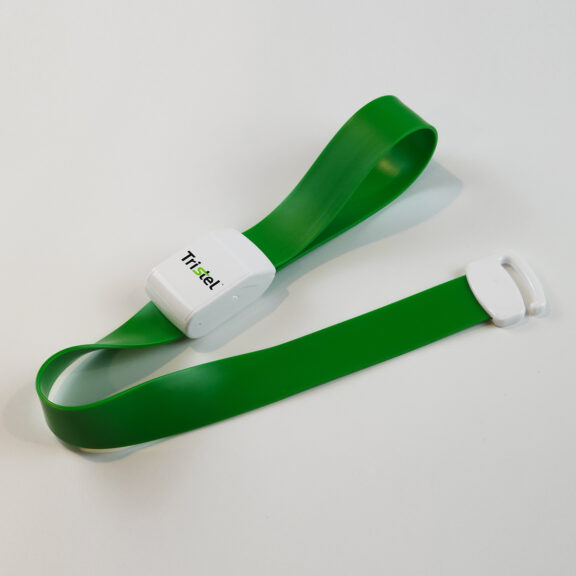The Emergency Department at Wyong Hospital has made the transition from single use tourniquets to daisygrip, a reusable tourniquet. Since then, the hospital has seen a reduction in hospital waste diverting 1.5 tonnes of waste from landfill annually.

Background and Problem
In Australia, it is common to see the use of disposable tourniquets, creating a significant financial and environmental cost within our healthcare system. To lower costs, some staff choose to reuse the disposable tourniquets, however, this creates an infection control risk as the tourniquet material can’t be cleaned and disinfected.
The Implementation
Wyong Hospital Emergency Department (ED) implemented the use of daisygrip in 2024. With goals to:
- Save money
- Reduce waste
- Reduce carbon footprint attributed to healthcare
- Improve staff morale by taking steps to address climate change
Impacts and Benefits
The transition of daisygrip has shown promising results:
Staff Experience: Feedback was universally positive. Staff felt good about taking steps to tackle climate change and stated the tourniquet was easy to perform with one hand.
Environment Impact: daisygrip cuts down on single use plastic and waste. It is estimated 1.5 tonnes of waste will be diverted from landfill per year.
Financial Savings: An estimated $23,600 will be saved per year by the hospital due to the implementation of daisygrip. Assuming a consistent trend, it will take only ~2.5 months for daisygrip to pay for themselves.



